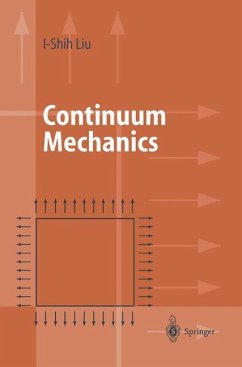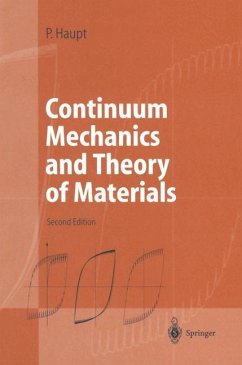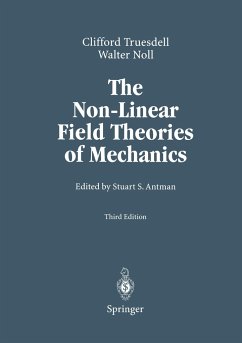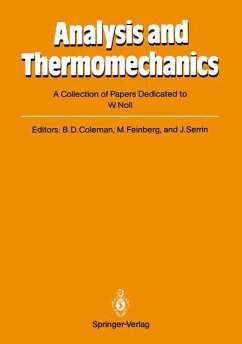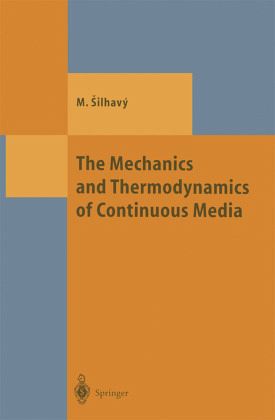
The Mechanics and Thermodynamics of Continuous Media

PAYBACK Punkte
0 °P sammeln!
This book presents the nonlinear theories of continuum thermomechanics. Through out 1 emphasize issues that are foundational in nature, and seek results common to materials of arbitrary symmetry. The central part of the book deals with thermoelastic bodies with heat conduction and viscosity, including the inviscid or ideal dissipation less bodies. A surprising variety of phenomena can be modeled within this frame work. Moreover, the main ideas can be transferred into more complicated theories. At present, the major challenge to the non linear thermoelasticity is posed by phase transformations ...
This book presents the nonlinear theories of continuum thermomechanics. Through out 1 emphasize issues that are foundational in nature, and seek results common to materials of arbitrary symmetry. The central part of the book deals with thermoelastic bodies with heat conduction and viscosity, including the inviscid or ideal dissipation less bodies. A surprising variety of phenomena can be modeled within this frame work. Moreover, the main ideas can be transferred into more complicated theories. At present, the major challenge to the non linear thermoelasticity is posed by phase transformations with changes in symmetry. 1. W. Gibbs' immensely inftuen tiaI treatise On the equilibrium of heterogeneous substances has provided a highly successful theory of phase transitions in ftuids. Gibbs brought the view that the ther modynamics is not only the theory of heat, but also a theory of equilibrium, with the of the book is an extension of main tool the minimum principles. A large portion Gibbs' ideas to bodies of general symmetry by the methods of the calculus of varia tions. The interplay between the convexity properties of the stored energy functions, the resulting equations, and the physics of the phenomena is a leading theme.





